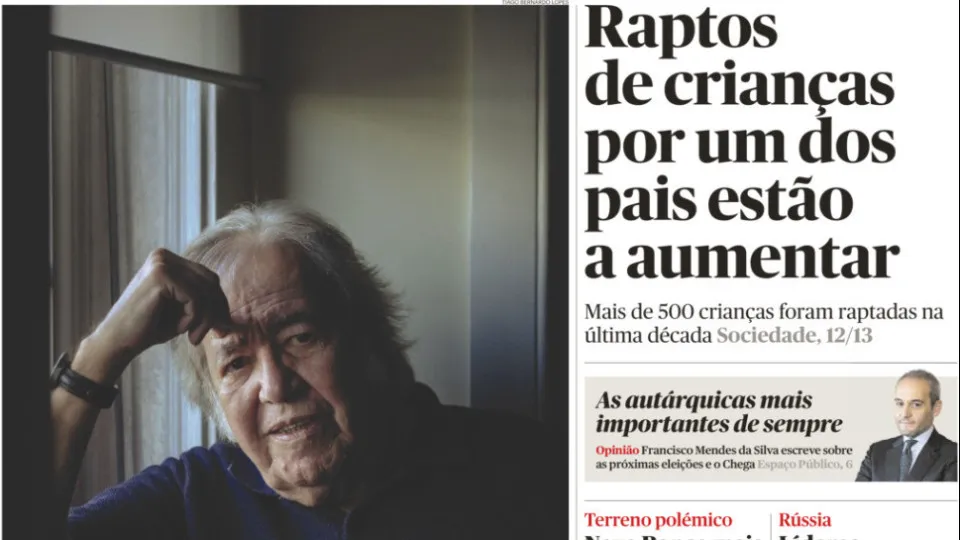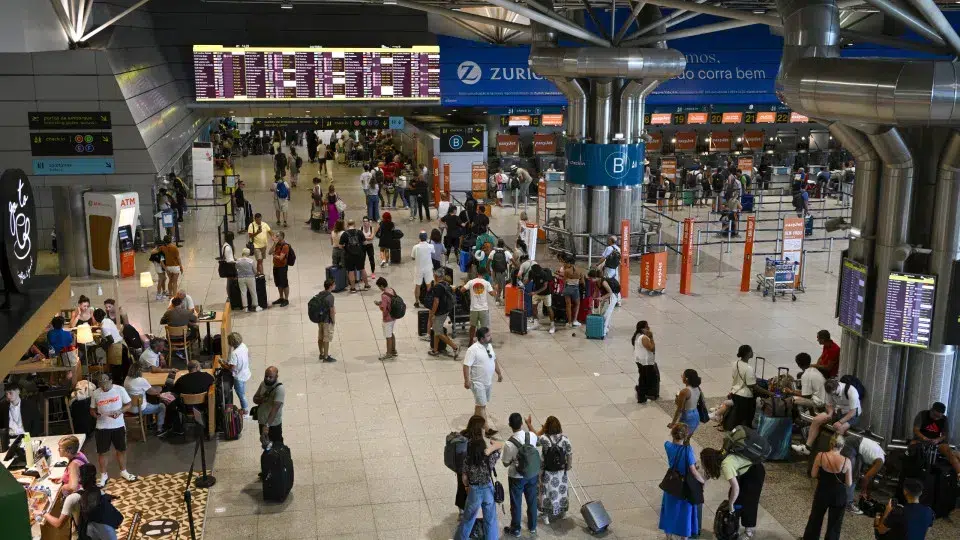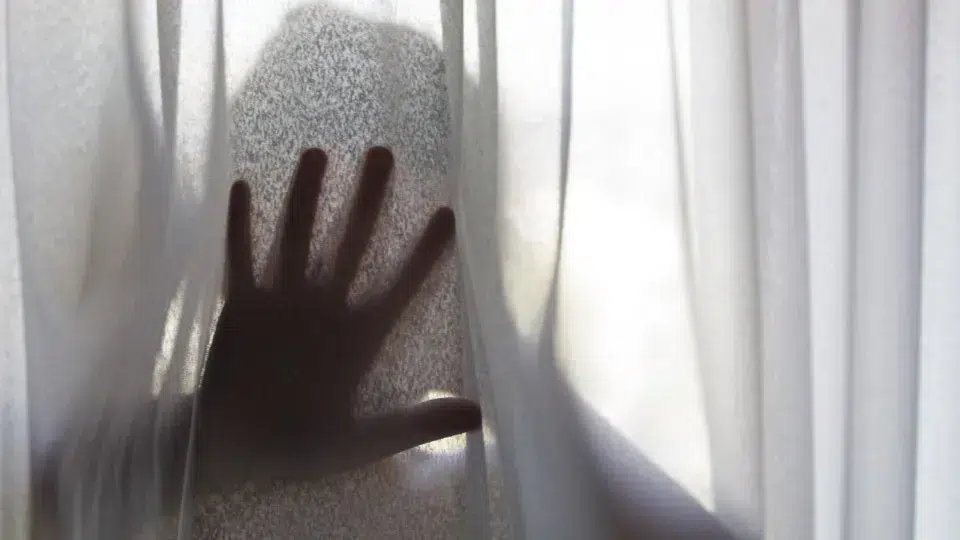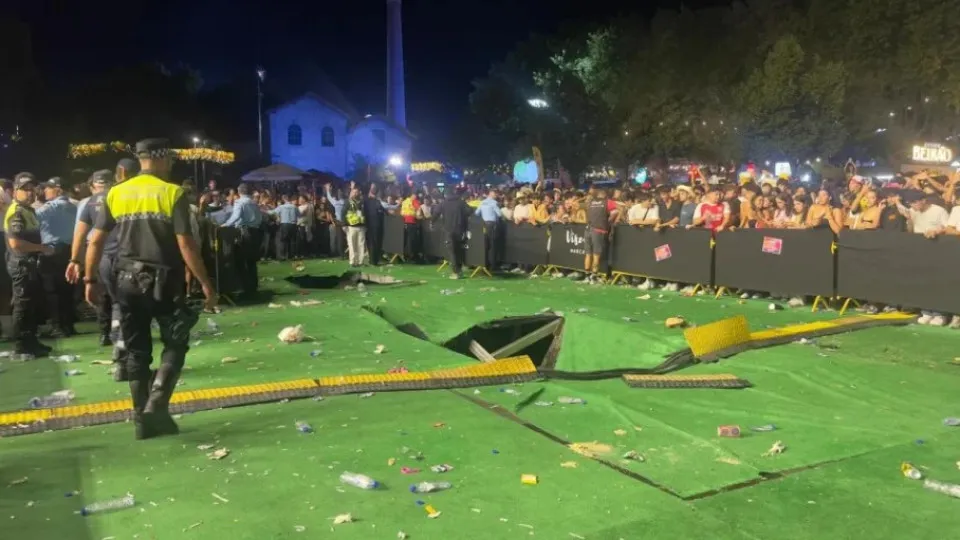
The documentary ‘Salatinas – Histórias da Velha Alta de Coimbra’ will premiere on Sunday, June 22, at 9:00 PM, at Largo da Porta Férrea of the University of Coimbra, as part of the ‘Sons da Cidade’ initiative in the Alta itself, from where three thousand people were expelled in the 1940s.
The project aims to portray the urban transformation of Alta, accomplished through forced evictions and the destruction of 255 buildings, while also highlighting the forms of resistance developed by the ‘salatinas’ (people born in that area of the city), who created “other ‘altas'”, shared Rafael Vieira and Filipa Queiroz, who, along with Tiago Cerveira, direct the documentary.
The film’s concept originated from a report Rafael Vieira, with an architecture background, wrote about the ‘salatinas’ for the local magazine Coimbra Coolectiva, where Filipa Queiroz was then the director.
This was followed by a book by Rafael for the Fundação Francisco Manuel dos Santos on the topic, but throughout this process, a documentary was conceived with Filipa Queiroz and also the director and photographer Tiago Cerveira.
The documentary includes interviews with displaced ‘salatinas’, descendants who preserve the memories and identity, as well as specialists who contextualize the urban transformation, stated Rafael Vieira.
The film utilizes images and photographs found in personal collections and archives from the City Council and University, an unreleased video of the old Alta and the demolitions, complaint letters from those expropriated, and even a recording of a ‘salatina’ guitarist from the 1920s (besides original music composed by Gonçalo Parreirão).
The documentary is divided into three chapters, focusing on what the old Alta was like and how it was experienced, the destruction of those historic neighborhoods and their transformation into the university city, and the neighborhoods where the ‘salatinas’ were relocated.
The film examines the relocation process to the neighborhoods of Bairro de Celas, Fonte do Castanheiro, and Norton de Matos, highlighting the “perversity of the Estado Novo”, with the division of ‘salatinas’ by economic class, explained Rafael Vieira, noting the case of Bairro Norton de Matos, where middle-class individuals were sent, reflected in the construction quality and the availability of facilities and services, unlike other neighborhoods.
Furthermore, in Norton de Matos, people “paid rent and after 25 years, they owned the house”, recounted Rafael Vieira, noting that this characteristic diluted the community.
In the cases of Celas or Fonte do Castanheiro, “a much stronger and more present community identity” remains, he observed.
“There is a very strong neighborhood feeling not seen elsewhere, fueled by generations that no longer grew up in Alta but in the neighborhoods,” Filipa Queiroz added.
To Rafael, “people created their own ‘Altas’.”
“They found a way to revive these experiences and created another Feira dos Lázaros, other bonfires. There is an identity resistance,” he said.
Filipa Queiroz complements this, believing the resistance lies in pride and the preservation of memory, something also present in archives and stories passed down through generations.
“We are talking particularly about people with trades, the so-called ‘futricas’, who are rarely heard. Here, in Coimbra, I believe generally more voice is given to the learned than to the ‘futricas’,” stated the journalist.
The story of these people will now be heard on June 22, in the heart of the University of Coimbra, and then move to festivals, with hopes for national cinema screenings later this year.




